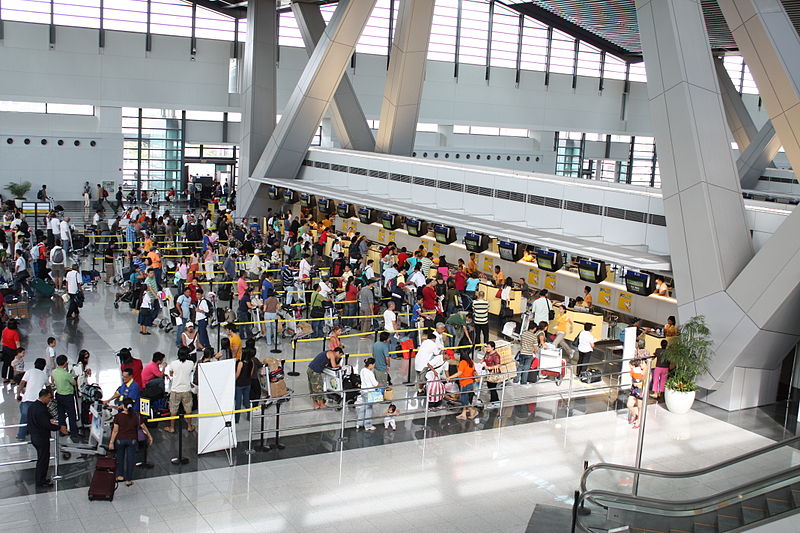Planes are filling up on the back of strong passenger growth but how crowded a flight will be depends on the region in which you’re flying and whether it is a domestic or an international flight.
It turns out that Africa is the region where travellers are most likely to find an empty seat beside them and North America the least.
The global airline load factor, a reflection of the percentage of seats on a plane filled by paying passengers, hit a record for the second month in a row in March as passenger demand rose by a robust 9.5 per cent compared to March last year.
This was the biggest passenger growth in 12 months and significantly ahead of a 6.4 per cent growth in capacity, pushing up the load factor by 2.3 percentage points to set the new March record of 82.4 percent.
Traffic demand growth was particularly high in the Asia-Pacific region — 12 percent — with the Middle East (10.6 percent) and Europe (9.5 percent) close behind, according to the figures from the International Air Transport Association.
Passenger load factors varied between regions but planes in all of them were flying fuller as growth ranged from 4.4 percentage points in the Middle East to 1.3 points In Latin America.
The unsurprising leaders of the overall market load factor list were the regions in which low-cost carriers have made significant inroads.
Heading the field was North America with a passenger load factor 85.3 percent, followed by Europe (83.9 percent) and the Asia-Pacific (82.3 percent).
At the other end of the spectrum were Africa (71.6 percent) and the Middle East (76.6 percent), although passenger traffic in the latter jumped 10.7 percent after the disruption caused last year by the ban on portable electronic devices and proposed travel restrictions to the US.
Latin America sat in the middle with a load factor of 81.3 percent.
The pecking order changed when international flights were singled out but again planes were more crowded across the board with the global load factor improving 2.9 points to 81.5 percent as traffic grew by 10.6 percent compared to March last year.
READ: Airlines renew protectionism warnings as air freight growth slumps.
European carriers proved adept at packing in passengers with an above average load factor of 84.6 percent and were followed by North American airlines at 83.5 percent.
Latin America’s international carriers came next at 81.8 percent followed by the Asia-Pacific (80.9 percent), the Middle East (76.7 percent) and Africa (71 per cent).
On Domestic routes, India (87.8 percent), the US (86.5 percent) and China (85.2 percent) were clear leaders when it came to crowded planes. All were above the average load factor of 84 percent and significantly ahead of Japan (74.7 percent), the Russian Federation (78.1 percent) and Australia (78.9 percent).
IATA director general Alexandre de Juniac said that demand for air travel remained strong and was supported by a comparatively healthy economic backdrop and business confidence levels.
“But rising cost inputs—particularly fuel prices—suggest that any demand boosts from lower fares will moderate going into the second quarter,” he said.
























